Setting the Scene
If you’ve followed the site over the past year, you’re aware of my pandemic-induced love of vintage golf equipment. Specifically with vintage Ben Hogan irons. It all started with a set of 1973 Hogan Apex irons I found at a golf show with Jon Heise last year. Those clubs gave me the bug and I eventually found another set of the same irons for a steal and bought those for gamers. It’s officially a sickness. That sickness allowed these Ben Hogan Bounce Sole irons to come into my life.
Fast forward a few months and vintage gear enthusiast, Justin Thompson, joins the Driving Range Heroes team. Justin’s insight around old clubs and different marketplaces opened up a whole new world of vintage equipment to me. So one day in a Facebook, group I see a member post “I just got a second set of these irons, but I don’t need both” and he was selling this set for a song. Given my love for this period of vintage Hogan irons, I sent the guy a message. Before I knew it, these gems arrived at my doorstep.
Some Ben Hogan Bounce Sole Irons History
Oddly, there isn’t really a ton out there in terms of 60s/70s Hogan irons. What is known is that they tend to be highly desired and fairly collectible as they are regarded as some of the best vintage forged irons of the era. It’s crazy to think how different the market was back in those days. Irons like these weren’t sold as “great ball striker, low handicap only” irons. They were just the irons the Ben Hogan Golf Company sold.
Now, the general shape of the Bounce Sole irons started appearing around 1964 with the Hogan PT-3 irons. This head profile, in my opinion, reached its pinnacle with the ’72-75 Apex irons. But in 1967/1968, the “Bounce Sole” was introduced to Hogan irons via the Plus One model. By 1969, the next generation of irons started surfacing and is often referred to as the “One Plus”, or “Bounce Sole” irons, which really became the foundation for the classic Apex iron models to follow.
For this era of golf, the Bounce Sole irons were one of the more forgiving and playable options. The sole of this club had much more camber and quite a bit more bounce than other clubs from this time period. If you look at clubs from that point in time, the Bounce Sole really should be considered a breakthrough in club design. So while the Bounce Sole “One Plus” still wasn’t exactly “game improvement”, it was more friendly through the turf. It was easier to control and make better contact in different lies. The 1972 Hogan Apex iron would continue that evolution by altering the muscle of the iron and center of gravity in such a way to allow for better trajectory control.
Final Thoughts – Ben Hogan Bounce Sole Irons
I still don’t know that I have any big future plans to play these Ben Hogan Bounce Sole irons. They still have their original grips, which are a little crusty, and I’m not dying to replace them. My two sets of Apex irons have new fresh grips so I can just play those. Additionally, the shaft is a little light in flex for me so there’s also that. Regardless, I didn’t pay much money and I’ve added a neat piece of the Hogan Apex irons evolution to my collection. I feel like this set of Hogan Bounce Soles really capture a point in time, yet are totally timeless. You just can’t argue that these are a truly classic set of irons that deserve a lot of credit.


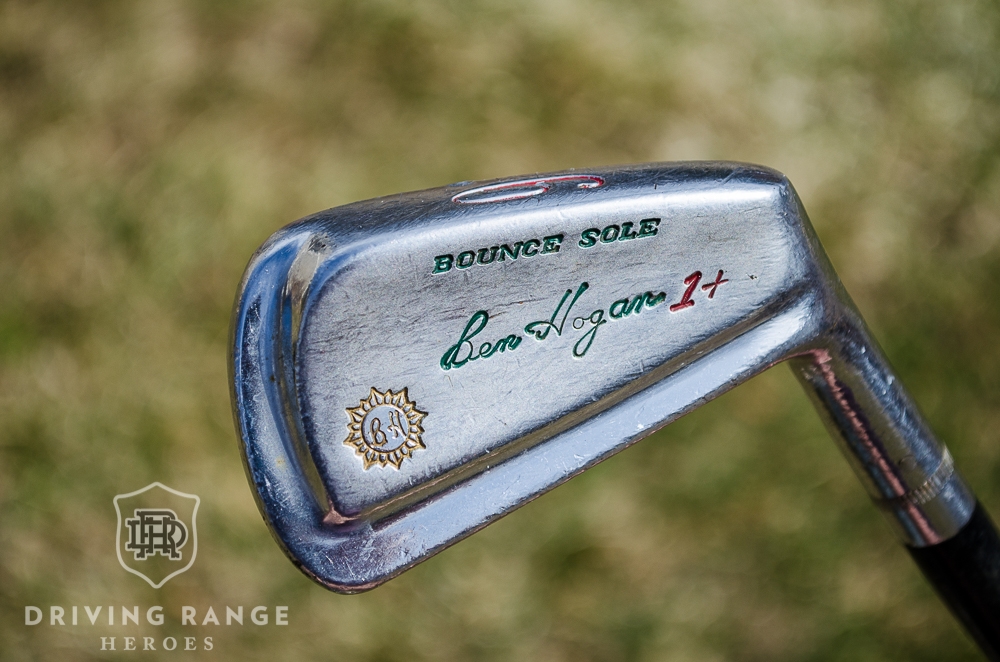


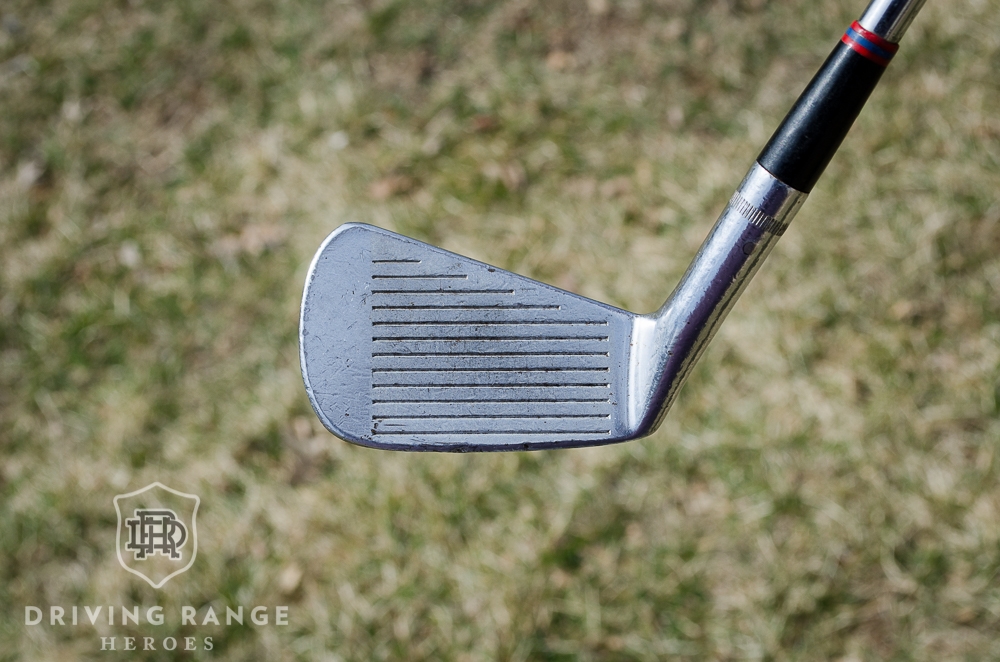
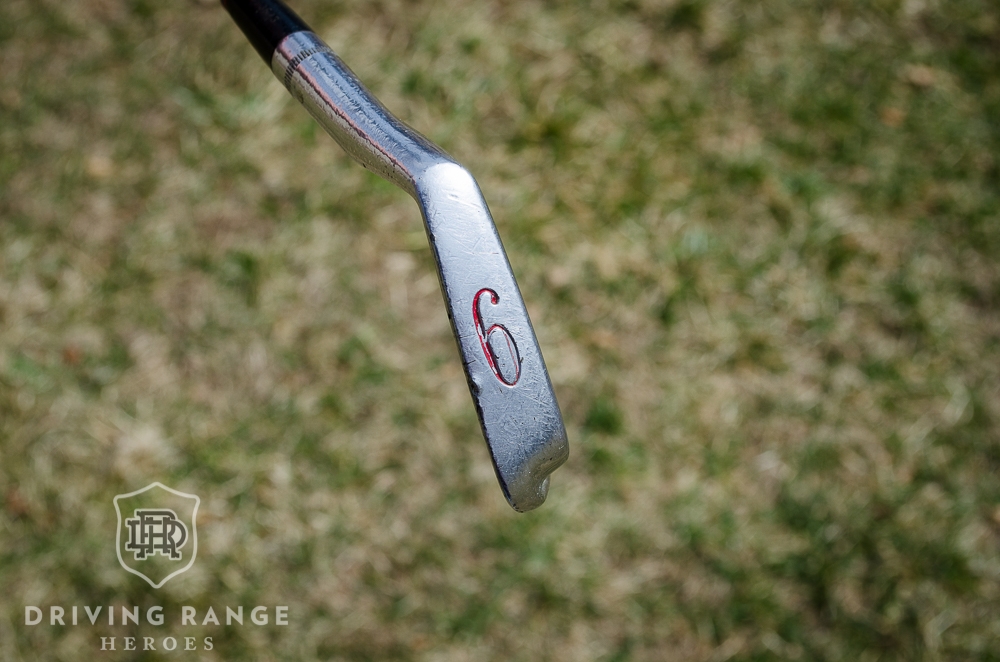
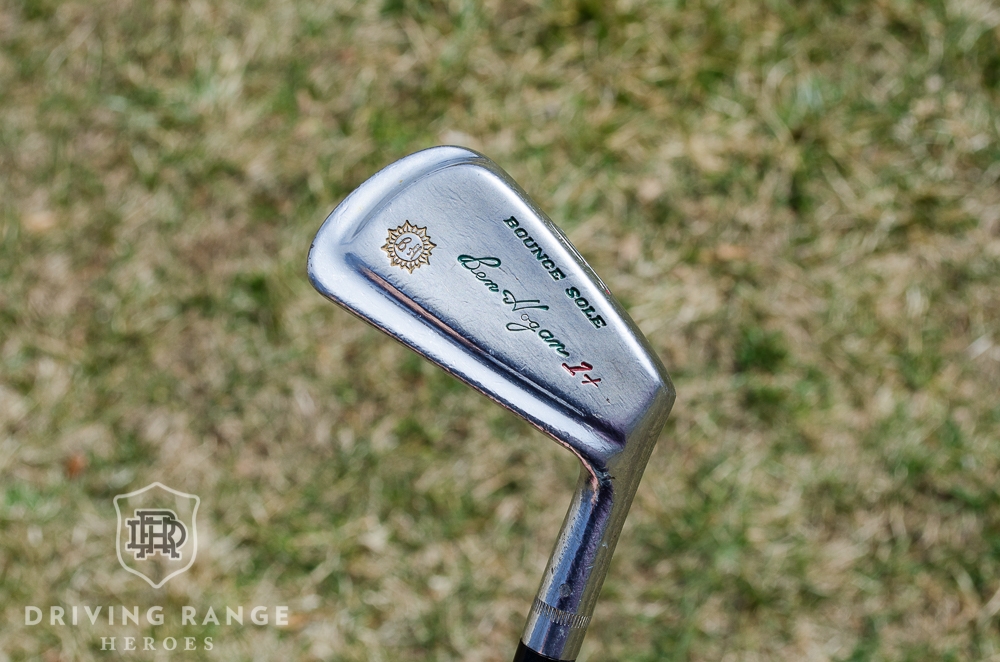
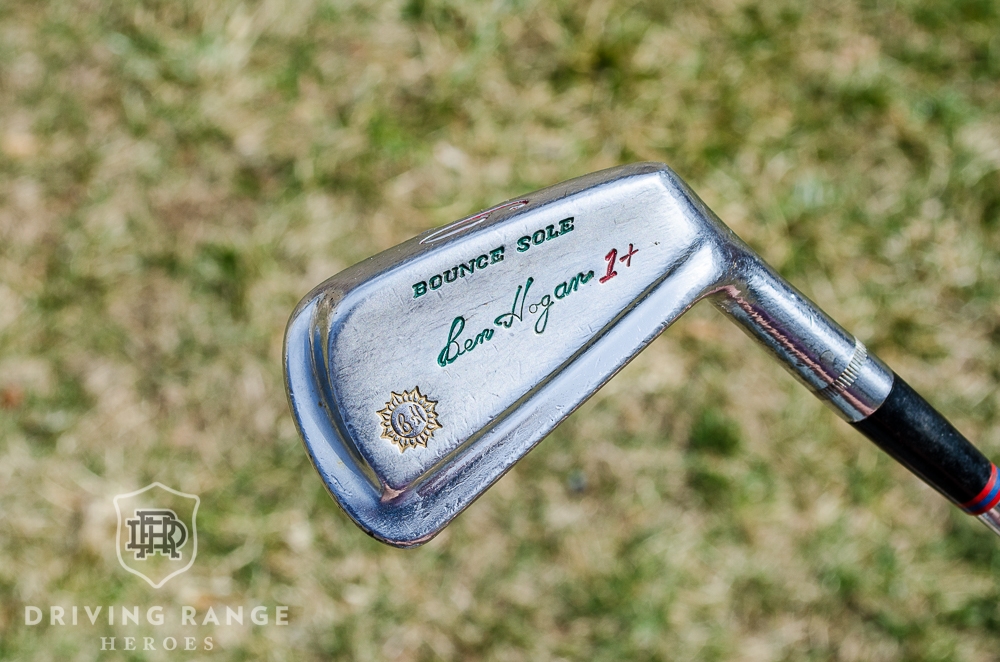
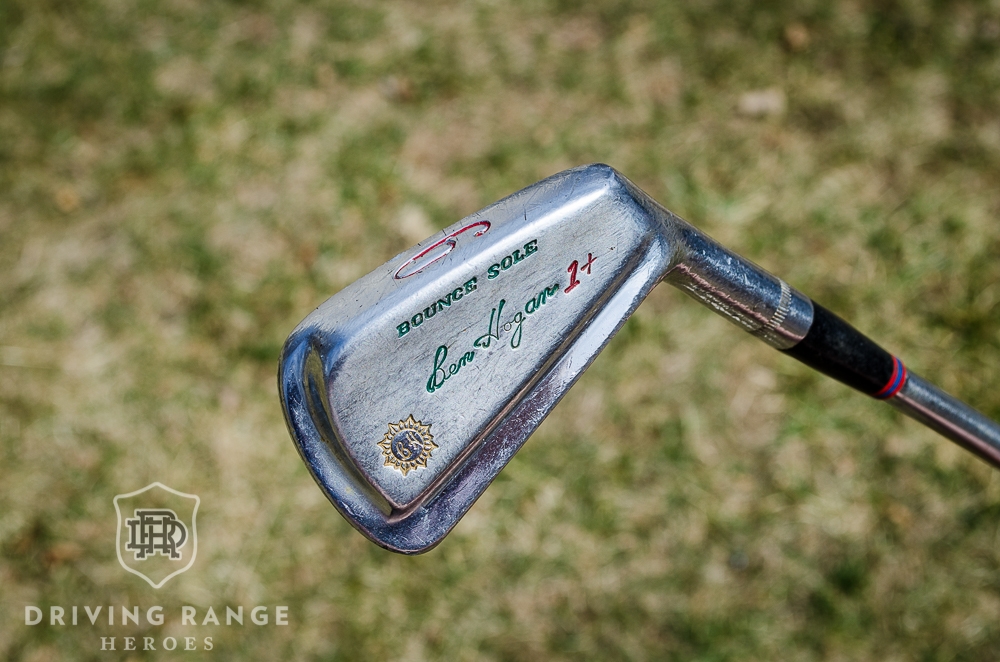
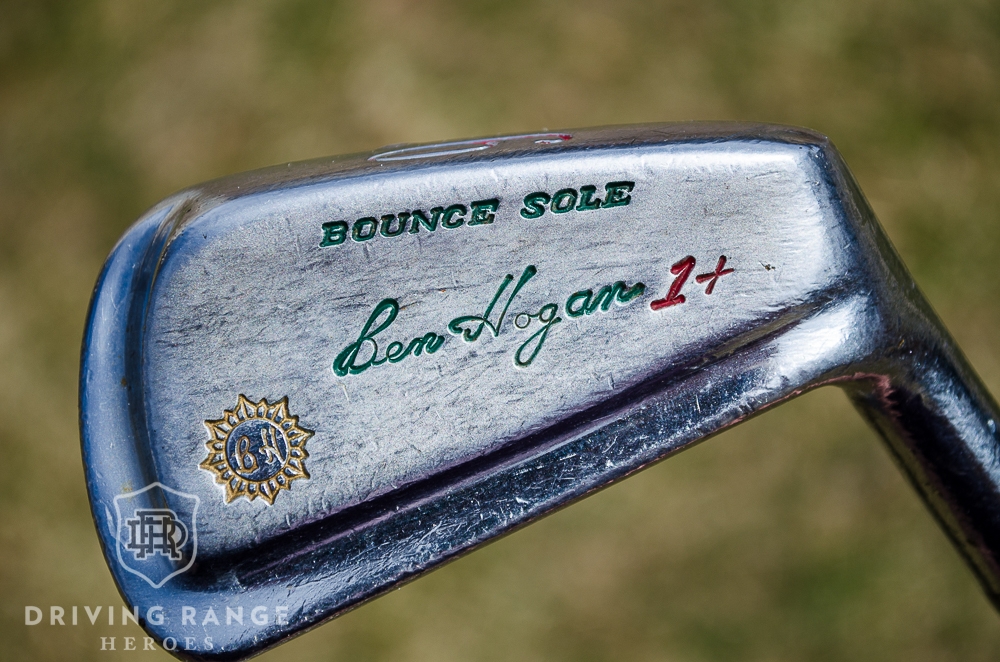
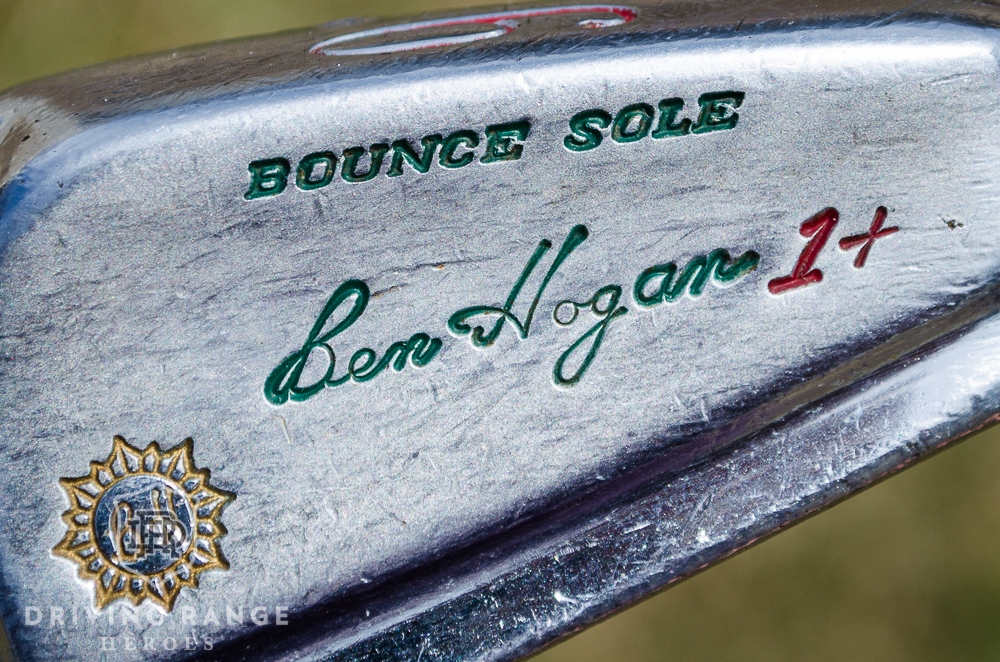
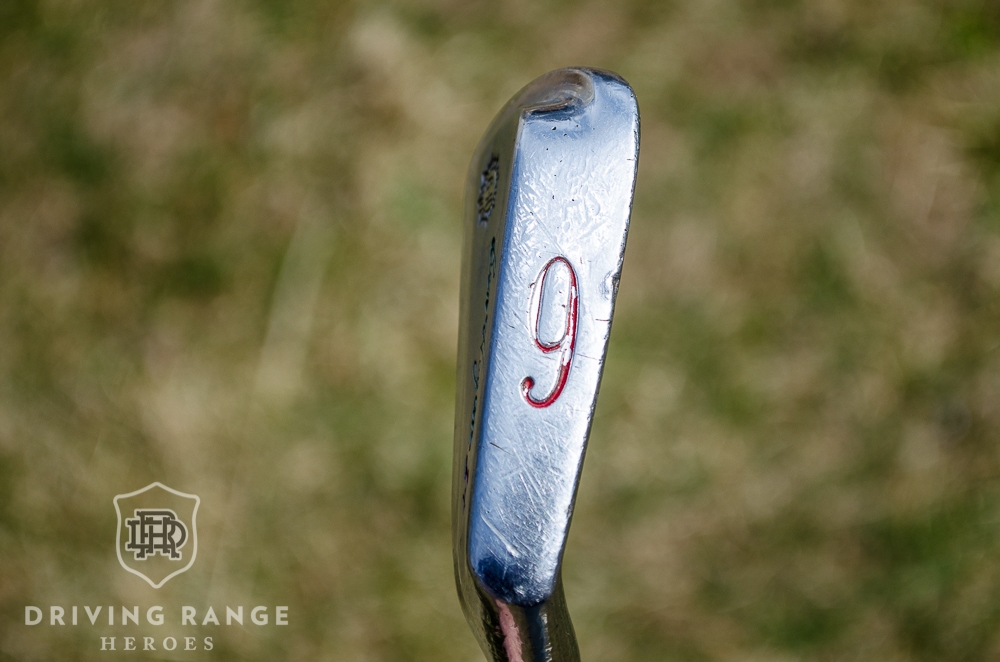
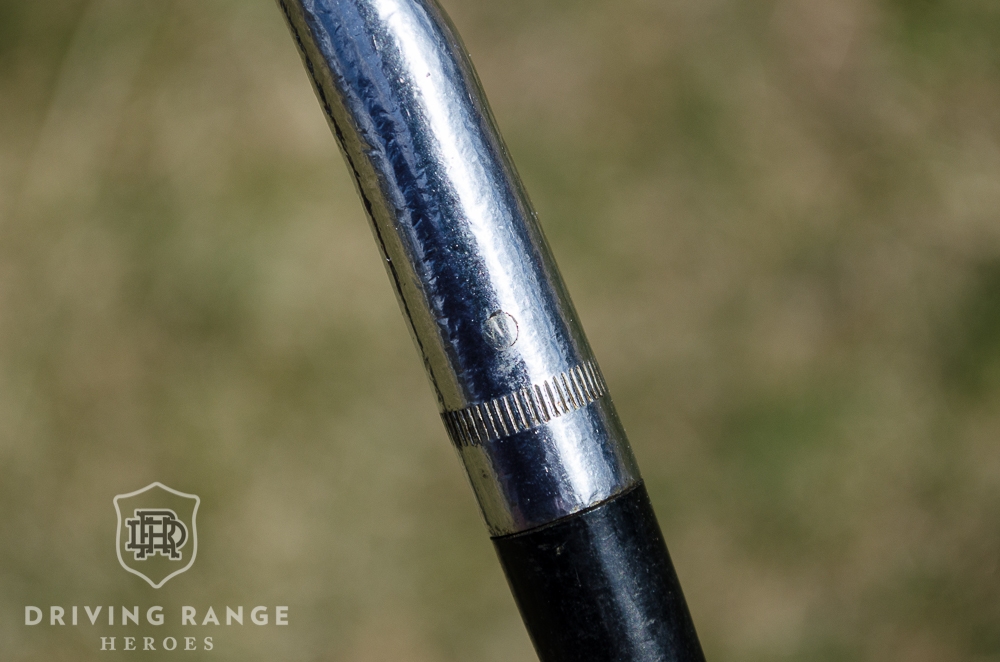

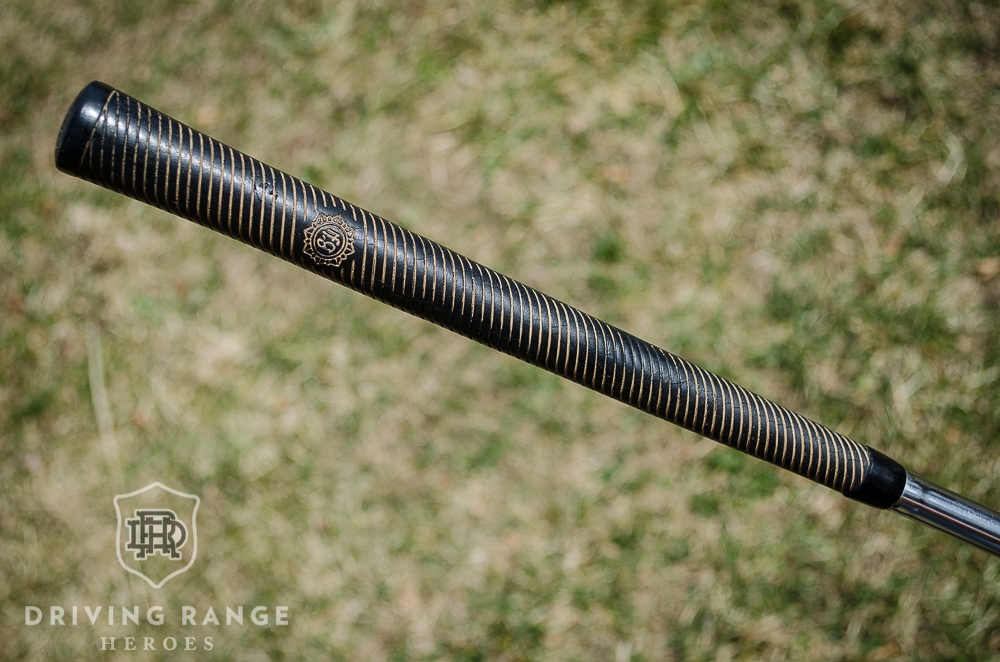
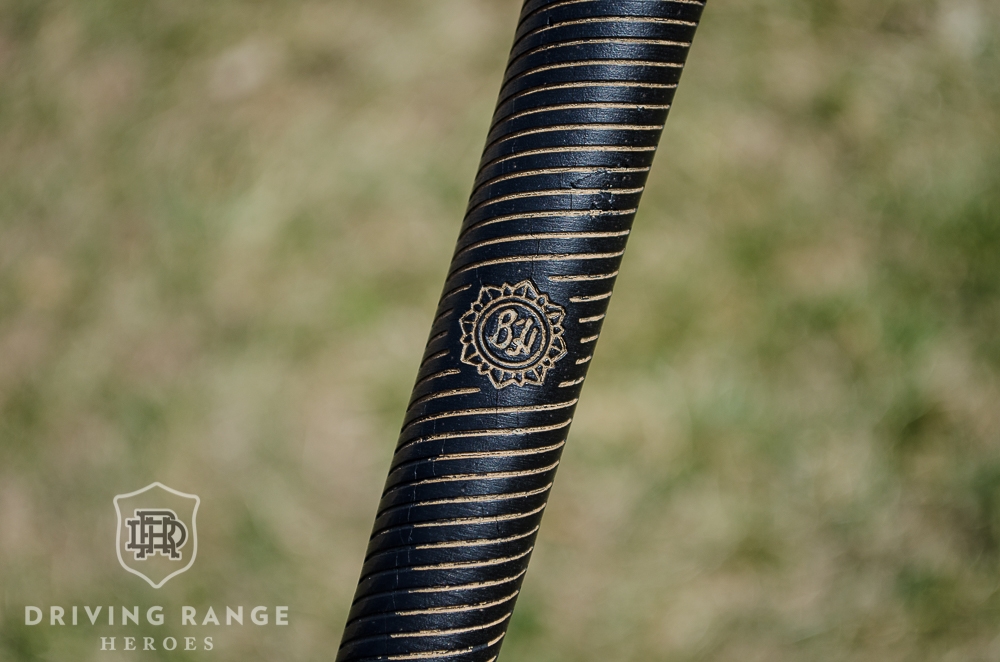
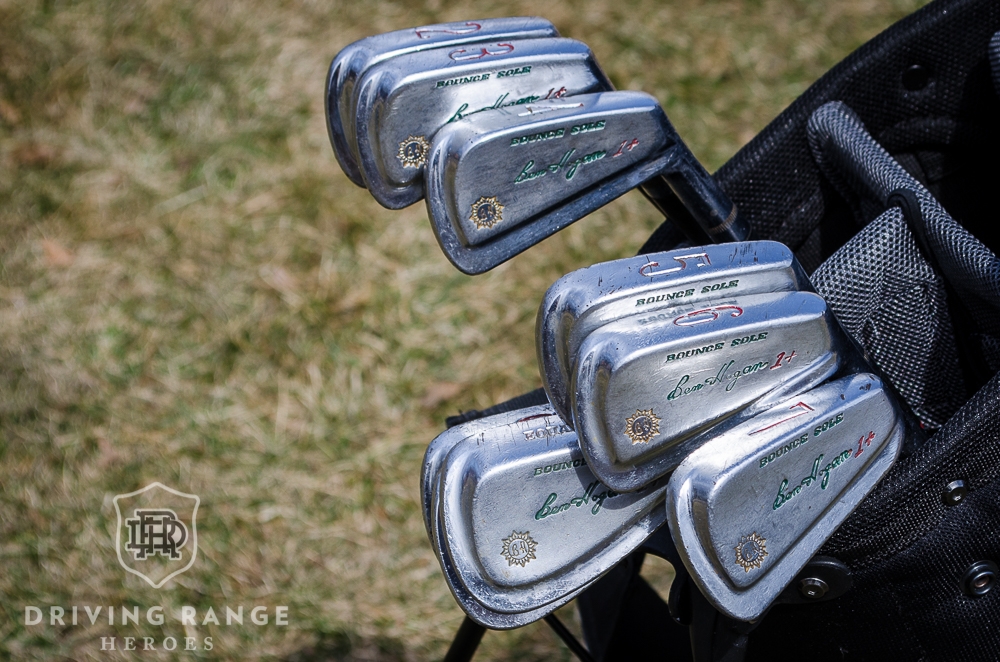
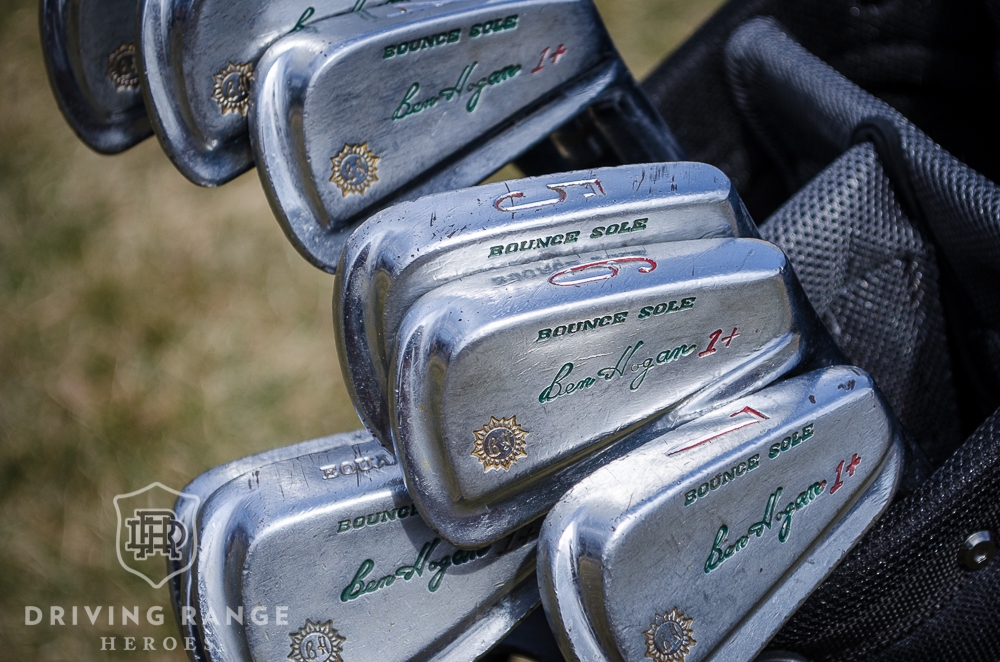
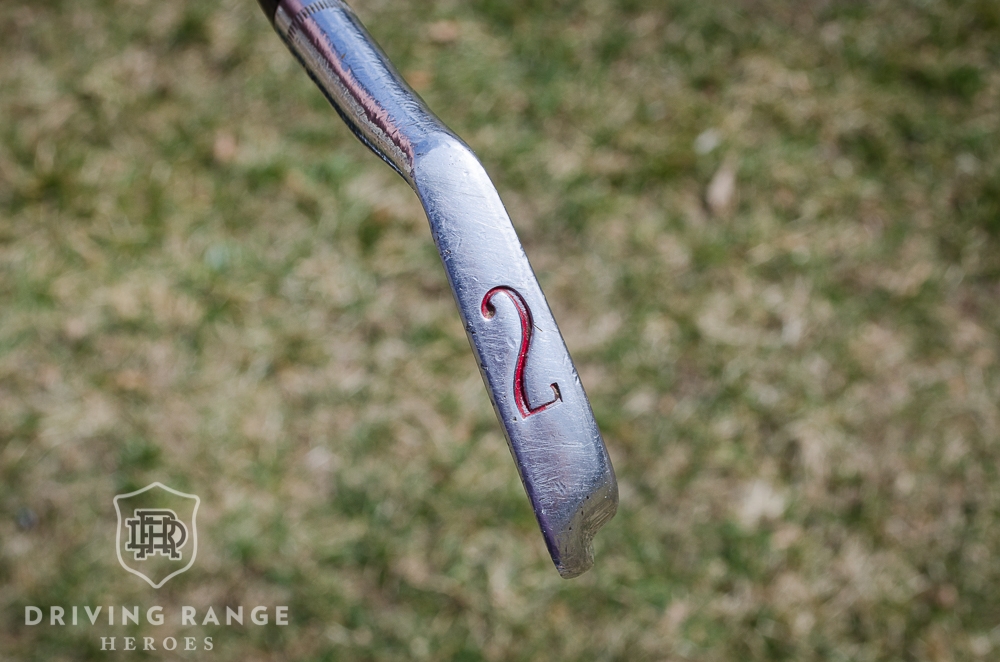
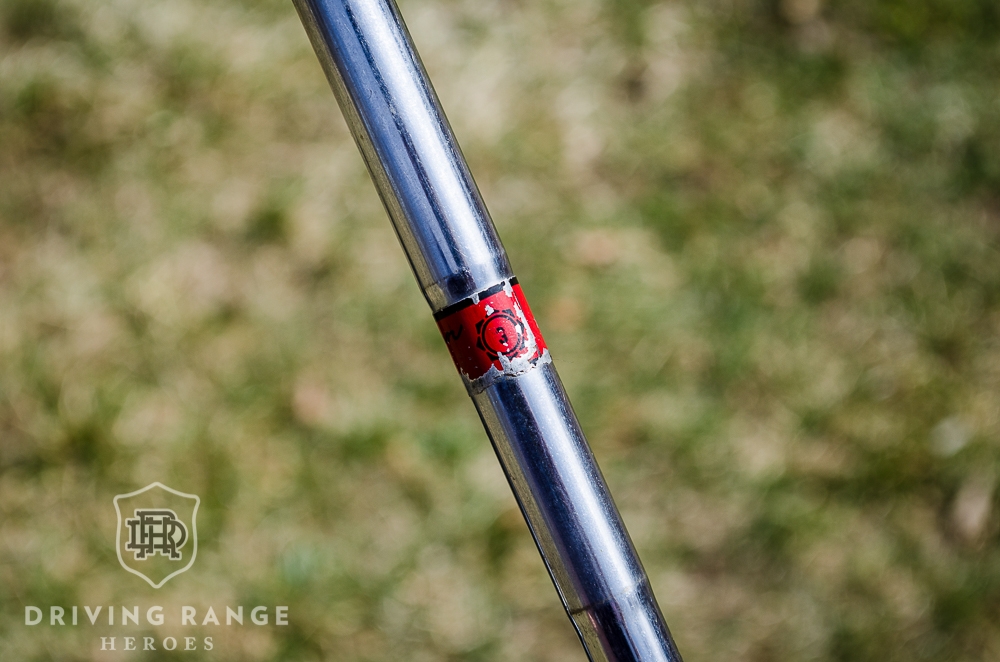
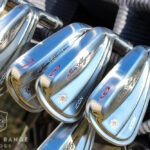
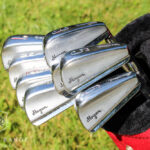

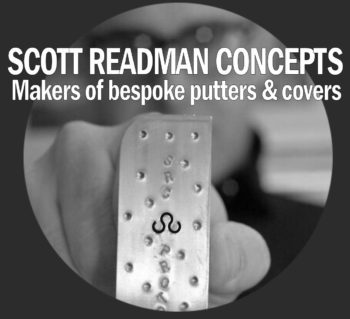










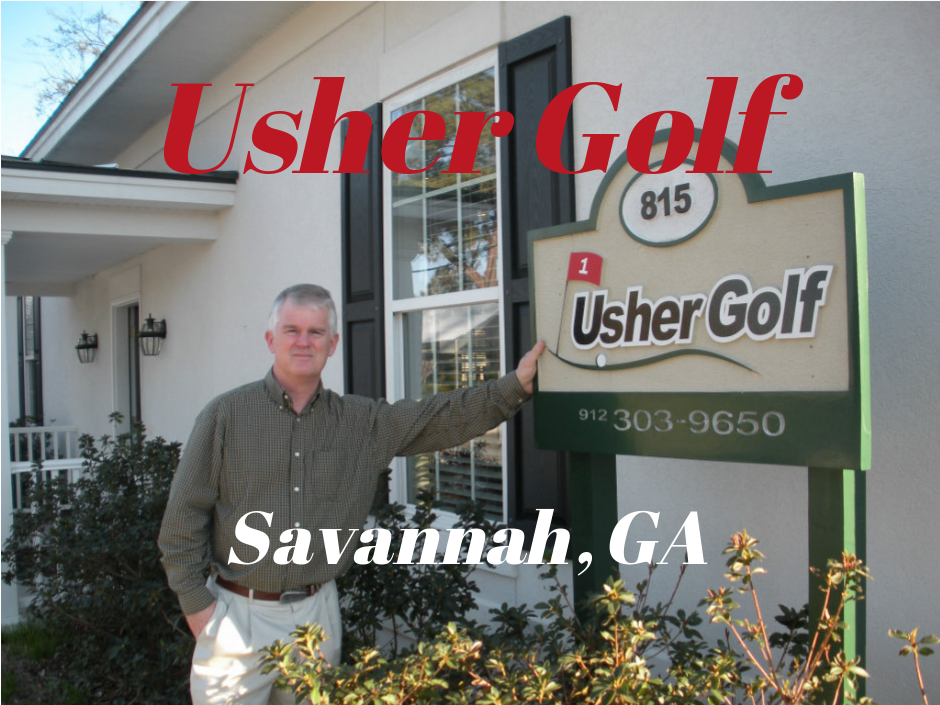
Bill I have to say I’ve been reading your stories of these older hogan irons and it’s unreal how similar your story is to mine! I found a beautiful barely used set of 73s on eBay I was shocked at their condition and loved them so much I gamed them for a whole season in which I shot right around par or better all year and gave a good run at the club championship. I love beating people with newer more expensive and so called “better” equipment. We may have technology now but they had craftsmanship back then and it was great so read your story and know it wasn’t just me! Thank you
Just bought a set of them and they are beauties. Those forgings and the craftsmanship are second to none.
Coolest, me too use them
Had to invest in newer grips along the way
Hi Bill, I have been handed a set of Ben Hogan Round Sole clubs with Apex shafts. 3-9 + Exploder and Equaliser and 4 Ben Hogan Woods.
Any idea what they might be worth as the owner wants them to be sold and the money to go to Charity
I don’t really, they vary quite a bit and depend on condition, etc. Your best bet is to look at recently completed listings on eBay and see what they’ve been selling for.
Have sets of clubs from each decade post WW 1. All from same family who purchased the best.
My Hogan’s are great.
Play custom clubs by Scottish maker from later 50’s. Interesting enough they seem to have characteristics of clubs from modern sets.
Very soft. My club guy redoes them as needed as he has been doing his thing for about 60 years.
Hey Bill my first set of Hogans 99 apexes are fantastic. If you haven’t hit them they are sweet. I have quite few of Hogan sets myself including 2 sets of 54 Percisions . The first line of clubs Hogan produced. My collection has definitely got the best of me so I completely understand the addiction. Now along the way I learned how to refurbish clubs very well and it’s easy to learn. Until next time check out our page on face book.
Golf club pickers and collectors
I have a set of these with aluminum shafts. Any information?
Bill
What kind of information are you looking for?
Probably 1968-69 models.
Hi, I have 2 Sets of 1966 Ben Hogan Irons. The set like he used to shoot 66 on this 3rd round of the 67 Masters. I have 2 sets of Red Line, 2 sets of Producer Irons and 1 set of 68 Hogan Plus 1, Bounce sole, that just came back from the IRON FACTORY. Beautiful , Perfect. The 68 set has great feel.
Have set each Director and Bounce Soles that are almost refinished. I plan to use them !
He Bill
Great article. I recently inherited all of my late father-in-law’s golf clubs and I’ve been parting with the via FB marketplace. I happened upon a set of the Plus 1 Bounce Sole 2-9 irons and I could tell by looking that they were vintage. That intrigued me. So I looked into it and it led me here. Here’s my question. I’m not an experienced golfer but I’d like to take up the sport recreationally. Would this be a good set of irons to work with or am I better off selling them to sometime who’d appreciate their vintage? Would it even be worth selling? Thanks.
I don’t think they’ll be easy for you to play, but you’re also not going to make a ton of money off of them so if you think it would just be fun to play with a nice vintage set, they’re good to go.
Hi Bill,
Thanks a lot for this article. I am actually a beginner in Golf and bought a set of these irons from a pawn shop. Literally not knowing what I bought, except for the fact that these are golf clubs and of course on low budget. The more I am getting into the game and investigating and trying to understand characteristics of ‘modern’ clubs I am getting more and more the idea to actually learn the game with these clubs and not buying a new set of irons for high to mid handicap golfer. It might be more difficult in the beginning, but once you get the hang of it, I believe that I will have the advantage of a ‘better’ swing movement (less forgiving than the ‘modern’ beginner clubs) and also hoping that I can learn a more versatile game play from the beginning (spinning, curving). I also noticed via several you tube reviews that the ‘modern’ beginner clubs are different in their lofts. The lofts of the ‘modern’ irons seem to be the lofts of ‘old’ irons minus 1 or 2. Meaning that a modern iron 7 is similar to an iron 6 or 5 of these Hogans (depending now on the make). I have always been told that 1 number up means around 10 yds or 10 meter more distance. This also does not seem to be the case on the modern clubs. The additional distance from 7 to 4 or from 9 to 6, etc. is below this number. If a modern iron 9 is similar to a Hogan iron 8 or 7 it raises the question how these modern clubs cover the shorter distances. I rather play with a constant and consistent swing a lower or higher iron then figuring out how to reduce my swing to manage a shorter distance. Well, that’s my current view/opinion.
Again, thanks a lot for this article. It is the only I could find to get some background information about the clubs.
Joerg
I would argue that the lofting difference isn’t as problematic as you describe it. The modern clubs tend to have a lower and deeper CG so the ball gets in the air a bit easier and spins a little more so the stronger lofts work with that in mind.
I paid $1 for a 1+ 3-iron that I found in a Used Club bin at a thrift store. I’m a guy who doesn’t have favorite clubs in my bag. I love them all but I have to admit secretly, this is my favorite. It’s just buttery smooth. And also love when people say you still hear the three iron I say not only do I hit a three iron but I hit one that was made in the early ’70s.
When I just started playing golf when I was 15, didn’t have any money to buy clubs. But I had a job of picking up range balls at a private course, and the assistant pro told me I could pick out some used irons that they had in a big barrel. Each iron was different brand, and the 8 iron I choose was the Ben Hogan bounce sole 1+. I kept that iron in my set all the way up to Junior College, where I played on the golf team. Still remember one the best shot that I played with it, it was in the California State Junior College tournament in Monterey, Ca. at Rancho Canada West course. I was close to the lead, when on the back nine, I believe it was hole number 11 a 159 yard par 3. The wind was blowing about 20 mph, left to right, I played a draw into the wind which made my shot perfectly straight flew just past the hole for a short birdie putt. Even after 40 years, I remember that shot and how good it felt, but I missed the putt and finished in 6th place.